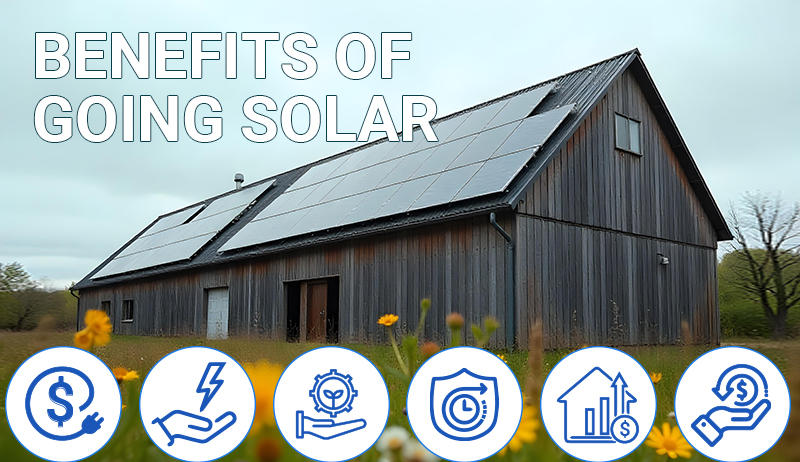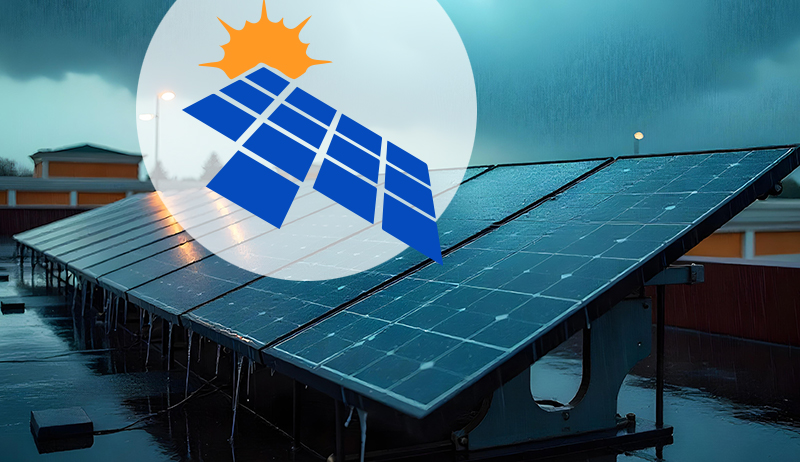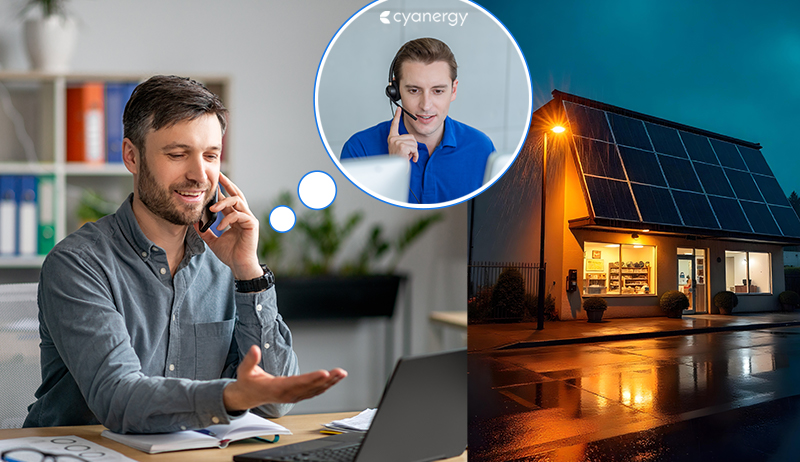Understanding Aerofarming
Aerofarming, also known as vertical farming, is a method of growing crops in vertically stacked layers, often indoors and under controlled conditions.
This innovative approach to agriculture offers several advantages over traditional field farming.
Here is benefits of Aerofarming
- Increased yield: AeroFarms can produce up to 392 times more crops per square foot than traditional farms, thanks to the use of stacked layers and controlled environments.
- Reduced water usage: Aeroponic systems, a common method in aerofarming, use up to 95% less water than traditional farming methods.
- Year-round production: AeroFarms are not limited by seasonal weather conditions, allowing for year-round production of fresh, high-quality crops.
- Reduced pesticide use: Controlled environments in aerofarms make it easier to manage pests and diseases, often eliminating the need for pesticides.
- Reduced environmental impact: AeroFarms produce minimal greenhouse gas emissions and require less land than traditional farms.
There are several different methods used in aerofarming, but one of the most common is aeroponics. In aeroponics, plant roots are suspended in a mist of nutrient-rich water, rather than being grown in soil. This allows for optimal nutrient absorption and root growth.
Aeroponic farms are often equipped with advanced technology, such as LED lighting, climate control systems, and automation software. This technology helps to optimize growing conditions and ensure consistent yields.
While aerofarming offers many benefits, it is also important to consider the challenges. The initial cost of setting up an aerofarm can be high, and the ongoing operational costs can also be significant. Additionally, aerofarms require a reliable source of energy, which can be a challenge in some locations.
Here are some additional things to keep in mind about aerofarming:
- AeroFarms is a leading company in the vertical farming industry, with farms located in the United States and abroad.
- The first commercial aeroponic farm was established in the early 1990s.
- The global vertical farming market is expected to reach $6.4 billion by 2026.
Type of Aerofarming
Let’s delve deeper into the diverse landscape of aerofarming types:
1. Aeroponics: The reigning champion of efficient nutrient delivery, aeroponics suspends plant roots in a nutrient-rich mist. This maximizes absorption and growth, but demands precise control of the misting system and solution.
2. Hydroponics: A simpler brother to aeroponics, hydroponics immerses roots directly in a nutrient solution. Easy to set up, it’s a good beginner’s choice, but disease susceptibilities require vigilance.
3. Aquaponics: This symbiotic dance joins fish farming and hydroponics. Plants cleanse water for the fish, while the nutrient-rich fish tank water feeds the plants. Sustainable and efficient, it demands balanced management of both populations.
4. Fogponics: A rising star, fogponics uses ultrasonic waves to generate a fine mist, reducing water usage compared to traditional aeroponics. Though promising, this technology is still in its early stages.
Choosing the right type depends on various factors:
- Crops: Different plants have varying needs.
- Space: Consider available vertical space for stacking layers.
- Budget: Initial setup and maintenance costs differ across types.
Each type has its strengths and weaknesses. Weighing your needs and resources against these will guide you towards the optimal aerofarming approach for your unique situation.
Aerofarming Technology
When it comes to aerofarming technology, there’s a fascinating blend of cutting-edge innovation and meticulous control systems at play.
Here’s a breakdown of some key elements of Aerofarming :
Growth Environment:
- Controlled Climate: Precisely-tuned temperature, humidity, and air circulation create optimal conditions for specific crops, year-round, regardless of external weather.
- LED Lighting: Efficient LED lights provide targeted wavelengths of light to maximize plant growth while minimizing energy consumption.
- Vertical Stacking: Utilizing vertical space allows for high yields in a smaller footprint, ideal for urban areas or resource-constrained environments.
Nutrient Delivery Systems:
- Aeroponics: Plant roots are misted with a nutrient-rich solution, leading to rapid absorption and efficient water usage.
- Hydroponics: Plants grow in a nutrient-rich solution, simplifying setup but requiring careful monitoring of pH and nutrient levels.
- Aquaponics: A closed-loop system combines fish farming with hydroponics, where fish waste nourishes plants and plant filtration cleans the water for fish.
Automation and Data Analysis:
- Sensors and Monitoring: Real-time sensors track conditions like temperature, humidity, and nutrient levels, enabling adjustments for optimal growth.
- AI and Machine Learning: Advanced algorithms analyze data and predict potential issues, allowing for proactive interventions and resource optimization.
- Robotics and Automation: Automated systems handle tasks like planting, harvesting, and climate control, reducing labor costs and ensuring consistency.
Challenges and Opportunities:
- High Initial Investment: Setting up an aerofarm can be expensive due to technology and infrastructure costs.
- Energy Consumption: LED lighting and climate control require significant energy input, demanding sustainable energy sources.
- Market Access and Consumer Acceptance: Building a reliable supply chain and convincing consumers of the benefits of aerofarming are crucial hurdles.
Despite these challenges, the potential of aerofarming is immense. It offers solutions for:
- Food Security: Increased yields in controlled environments can be crucial in areas facing climate change or limited agricultural land.
- Sustainability: Reduced water usage, minimized pesticide use, and potential for renewable energy integration make it a more sustainable choice.
- Freshness and Quality: Year-round production close to consumers ensures fresh, high-quality produce with minimal transportation needs.
As research and innovation continue, aerofarming technology is poised to transform the future of agriculture, promoting sustainable food production and increasing food security in a growing world.
Top Aerofarming Company
Let’s dive into the top aerofarming companies:
1. AeroFarms (Newark, New Jersey):
- A true industry veteran, founded in 2004, AeroFarms has revolutionized indoor agriculture with its cutting-edge aeroponic technology and FlavorSpectrum™ LED lighting system, optimizing plant growth for both taste and nutrition.
- Their global reach extends beyond the US, with partnerships with major retailers like Whole Foods and Walmart, making fresh, locally-grown produce readily available to consumers.
- Sustainability is at the core of their values. AeroFarms boasts a 95% reduction in water usage and up to 392 times the yield compared to traditional farming, minimizing their environmental footprint.
2. Plenty (Seattle, Washington):
- Plenty’s claim to fame lies in its technological prowess. They utilize proprietary software and advanced automation to create hyper-controlled growing environments, maximizing efficiency and yield for diverse leafy greens and herbs.
- Their focus on quality is unwavering. Cultivating crops under ideal conditions guarantees consistent, high-quality produce, free from pesticides and with a longer shelf life, ideal for premium markets.
- Scalability is another key strength. Plenty’s modular farm design allows for easy expansion and replication, potentially paving the way for widespread adoption of their controlled-environment agriculture technology.
3. Bowery Farming (New York City, New York):
- Bowery champions urban farming, bringing fresh produce directly into cityscapes and reducing transportation needs. This is a game-changer for urban communities seeking increased access to healthy food.
- Their approach is data-driven. Bowery heavily relies on sensor technology and data analysis to monitor and optimize every aspect of the growing process, ensuring consistent quality and efficient resource usage.
- Community engagement is a core value. Bowery actively collaborates with local communities, offering educational programs and partnerships, fostering awareness and promoting sustainable urban agriculture practices.
Choosing the “best” aerofarming company depends on your priorities. AeroFarms stands out for its pioneering spirit and global reach, Plenty for its technological innovation and quality focus, while Bowery shines in its commitment to urban farming and community engagement.
The aerofarming landscape is constantly evolving, with new players and innovations emerging all the time.
Despite these challenges, aerofarming is a rapidly growing industry with the potential to revolutionize the way we grow food. As the technology continues to develop and the costs become more competitive, we can expect to see more and more aerofarms popping up around the world.
https://www.exaputra.com/2024/01/aerofarming-type-and-technology.html
Renewable Energy
Doing What’s “Right” Is More Controversial than it Seems
 Some of us are looking for a single, simple statement to encapsulate what is going so wrong in America today, and perhaps it relates to what Aristotle says at left here.
Some of us are looking for a single, simple statement to encapsulate what is going so wrong in America today, and perhaps it relates to what Aristotle says at left here.
Even the MAGA folks think that what they’re doing is “right.” By this I mean white supremacy, mass deportation of immigrants (with or without due process), the rejection of science, and so forth.
Renewable Energy
Trump’s Agenda Is Even Far-Reaching Than People May Think
 As Trump’s former lawyer Ty Cobb says at left, in addition to turning the United Stated into an autocratic regime, at the same time, Trump needs to alter history such that future generations don’t think he did anything wrong.
As Trump’s former lawyer Ty Cobb says at left, in addition to turning the United Stated into an autocratic regime, at the same time, Trump needs to alter history such that future generations don’t think he did anything wrong.
Yes, he has his hands full, but he’s assisted by hundreds of traitors in congress, and hundreds of millions of hateful morons in the U.S. electorate.
Renewable Energy
Victoria’s VEU Scheme Introduces New Solar Incentives for C&I Properties
-
Climate Change2 years ago
Spanish-language misinformation on renewable energy spreads online, report shows
-
Climate Change Videos2 years ago
The toxic gas flares fuelling Nigeria’s climate change – BBC News
-
Climate Change2 months ago
Guest post: Why China is still building new coal – and when it might stop
-

 Greenhouse Gases1 year ago
Greenhouse Gases1 year ago嘉宾来稿:满足中国增长的用电需求 光伏加储能“比新建煤电更实惠”
-

 Climate Change1 year ago
Climate Change1 year ago嘉宾来稿:满足中国增长的用电需求 光伏加储能“比新建煤电更实惠”
-
Greenhouse Gases2 months ago
Guest post: Why China is still building new coal – and when it might stop
-

 Carbon Footprint1 year ago
Carbon Footprint1 year agoUS SEC’s Climate Disclosure Rules Spur Renewed Interest in Carbon Credits
-
Renewable Energy3 months ago
US Grid Strain, Possible Allete Sale



















